Scrub for a kitchen board
This method is universal because:
- allows you to get rid of stains;
- helps eliminate unpleasant odors;
- disinfects the surface.
All you need is lemon and salt.
- Take some coarse rock salt and spread it in an even layer over the entire surface of the board.
- Then cut off half a lemon and begin to rub it into the board in a circular motion until juice appears.
- As soon as the liquid becomes a dirty gray color, it will need to be washed off. If you are satisfied with the result, you can wipe the updated product with a paper towel and hang it to dry, and if not, you can repeat the procedure again.
This method is best suited for cleaning wooden cutting boards.
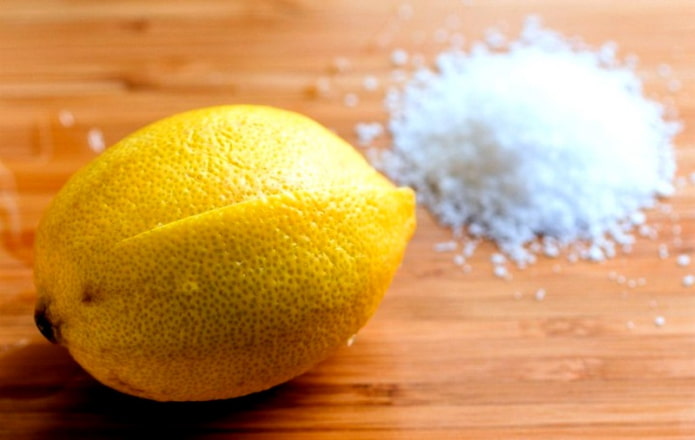
Table vinegar
Acetic acid is in every home, but few people know that it also copes well with all kinds of dirt. In addition, vinegar perfectly removes all foreign odors, and also has disinfectant properties.
If the stains are small, then 6% vinegar is used. It is applied to the contaminated surface and left for 10-15 minutes. Then wash the board with warm water.
If the board is very dirty, take 9% vinegar and dilute it with water in a 1:1 ratio. Apply the resulting liquid to the entire surface of the board and leave for a few minutes. After that, wash the board thoroughly under running water.

Soda
Sodium bicarbonate, or baking soda, is still one of the main folk remedies for getting rid of not only unpleasant odors, but also various types of stains. Firstly, soda is a natural and safe product, and secondly, this weak alkali cleans all types of cutting boards equally well, including wood, plastic, and plywood.
How it works:
- Pour a small amount of soda onto the board and add a little water.
- Spread the resulting thick gruel over the entire surface of the product and leave for about 1 minute, then remove with a sponge.

Soda and vinegar
If the stains are very old and soda or vinegar alone do not help, you can try combining these two products and make the so-called “double strike”.
- First, apply soda to the dirty areas and spread it thoroughly.
- Then pour a little vinegar on top. This will create foam that will remove both stains and odors.
- After five minutes, the product can be washed off with water, and the board can be wiped and left to dry.
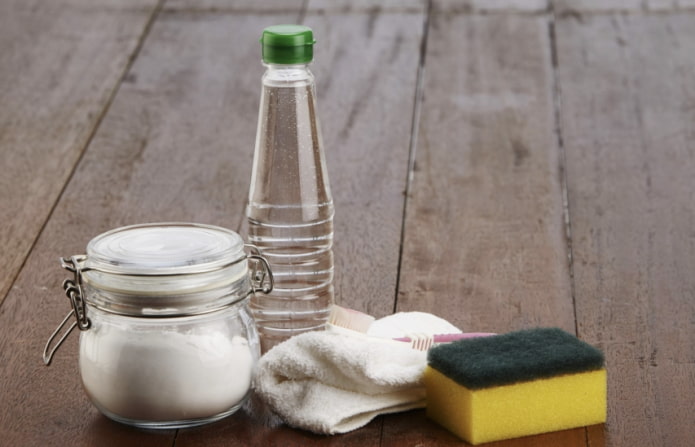
Toothpaste
As it turns out, toothpaste does a great job of not only cleaning teeth. It lightens many stains and dirt, and also helps get rid of persistent odors, such as the smell of fish or garlic. In addition, due to its abrasive properties, the paste can remove small defects and minor roughness on plastic and wooden boards.
The paste is squeezed onto a dishwashing sponge and rubbed into the surface of the board until a small foam forms. After this, the paste can be washed off.
If the stains are difficult to remove, you can add a little soda and go over the product with this mixture again.
Also note that colored gels are not suitable for this task and, in order to use this method, you need to choose the “right” toothpaste with a high abrasive value (RDA).
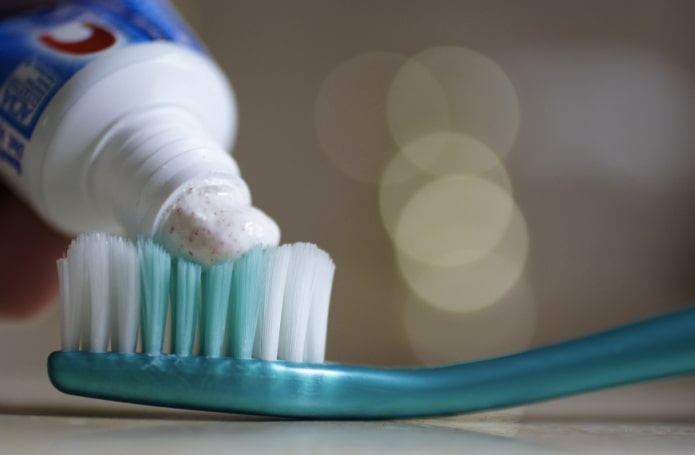
Laundry soap
To avoid mold or pathogens on the cutting board, immediately after use, apply foam from the laundry soap to its surface.
It is especially important to do this after cutting meat or fish. By doing this, you will not only extend the life of your board, but also avoid many health problems.
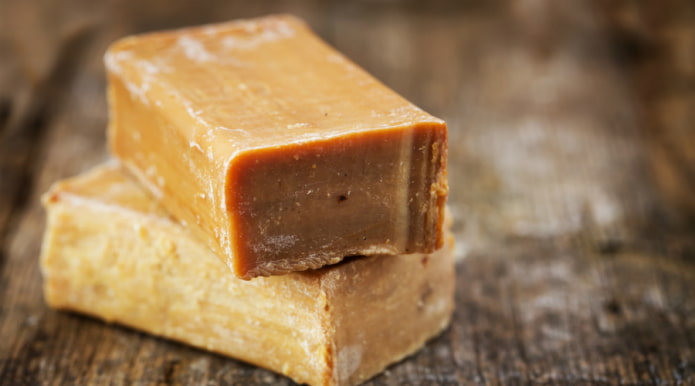
Chlorhexidine or hydrogen peroxide
Pharmacy products can also be good helpers in the fight against dirty surfaces. This is especially true if the board is often used to work with raw meat products.
- Buy a three-percent solution of hydrogen peroxide or Chlorhexidine from a pharmacy and pour it onto the board.
- Using a clean kitchen sponge, spread the solution evenly over the entire surface, including the sides.
- After 10 minutes, rinse the solution with water and wipe with a paper towel.
Never wipe the board with a regular kitchen towel, as it may also contain bacteria that will get back onto the freshly cleaned board.
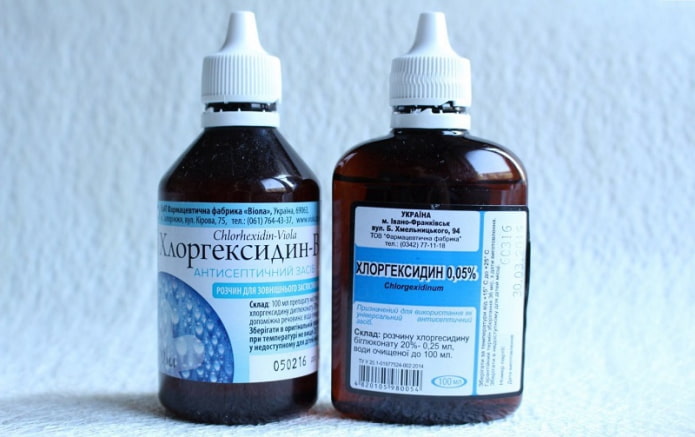
Sandpaper paper
Sometimes dirt is so deeply embedded in the fibers that it is impossible to wash them off using conventional means. Then sandpaper will come to the rescue.
To do this, take fine-grained sandpaper and carefully sand the entire surface.
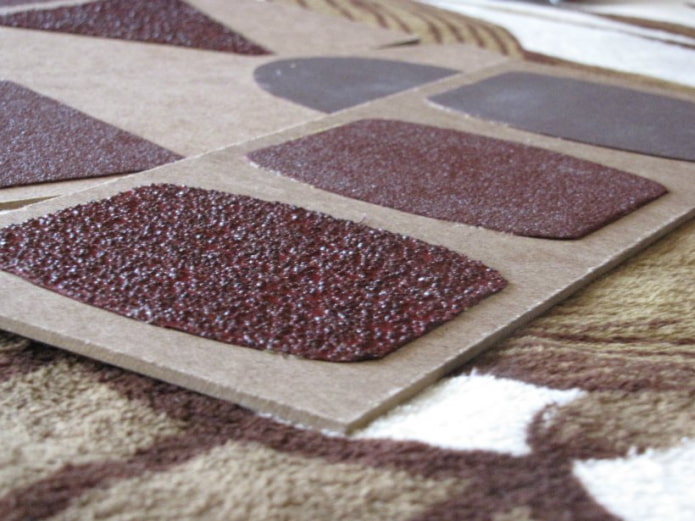
As you can see, any of these methods will help tidy up your kitchen utensils, and most importantly – without using harmful chemicals.
Now reading:
- Features of chalet-style house design (32 photos) – facade, roof and superstructures.
- Three easy and effective ways to fix a cabinet hinge that has been torn out.
- Brown curtains: 97 stylish photos and ideas for window decoration in the interior.
- Explore the All-New BMW X3: Unleash Adventure Today!
- Blue curtains in the interior: 88 photos, styles, shades and combinations.